Strength training may not be well-supported on iPhone or other Apple accessories, but there are a few options out there. We'll run through the three main paths: standard fitness accessories, specialized devices and a purely app-based approach.
Standard accessories
"Standard," in this case, refers to the majority of wrist-based wearables. These are what most people are likely to buy or own since they fill other roles such as notification alerts, making payments, tracking distance activities (walking, running, etc.), or simply telling the time.
These devices can actually be decent strength training tools as long as they meet a key requirement: a reasonably accurate heart rate (HR) sensor. That means going for higher-end products from Garmin or Polar, or yes, the Apple Watch. If you can afford it, it's also best to pick something durable and fully water-resistant, since gyms can be rough, and it's much easier to clean a device by wearing it in the shower.
Tracking heart rate during strength training may seem superficial at first, but it offers a vital piece of feedback: whether you're pushing yourself hard enough. Better products break HR tracking into "zones," and if you're not out of the base zone for a good chunk of your workout, chances are you need to up your reps and/or weights.
As we addressed in a recent editorial, the catch is that wrist wearables are typically oriented around cardio and distance-based activities, not strength. Their strength tracking modes (if any) are limited to figures like duration and heart rate, and any corresponding data that can be extrapolated.
Even then the wrist isn't the most accurate place to track heart rate, especially with the on-off intensity of strength exercises. The hardcore will want to invest in a chest strap, some better examples being the Wahoo Tickr X and Polar H10. These can pair directly with wrist devices, including the Apple Watch, but will also pair to an iPhone if you're willing to cart it around.
Specialized accessories
On paper there's no reason why we shouldn't have wearables that log weights and count reps, and indeed there are multiple devices that try to do this, like the Atlas Wristband and Beast Sensor. When they work, they feel like magic. The Beast even tries to gauge your output in watts.
There are just too many problems to recommend them at this point, however, include issues like "ghost" reps, awkward interfaces, and cumbersome human interface requirements, such as placing an iPhone in particular spot in the case of the Beast.
Apple Watch owners may want to try an app called Gymatic, which promises features similar to the Atlas — a paid subscription is needed for full functionality however, and even its developer admits that the technology is "not perfect."
App-only
For beginners, the best iPhone app may be StrongLifts 5x5. It's dedicated to one specific program you may eventually outgrow, but it includes exercise videos, logging tools, and help tweaking workouts to increase weights and break through plateaus.
Once you have a solid foundation you'll probably want to upgrade to general-purpose apps such as Strong or Stacked, which primarily serve as logbooks, but can also offer features like timers, preloaded routines and one-rep max (1RM) calculators, depending on which one you go with.
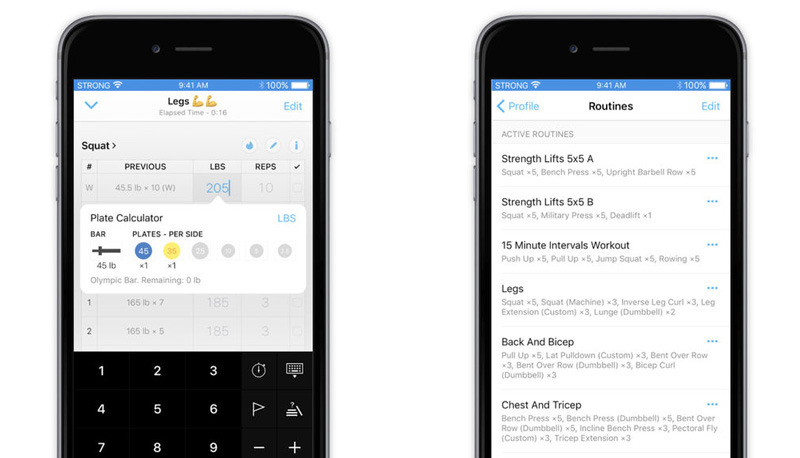 Strong also includes an Apple Watch app, but you'll probably still want your iPhone nearby at the gym.
Strong also includes an Apple Watch app, but you'll probably still want your iPhone nearby at the gym.One of the drawbacks, of course, is that you will always have to manually enter data, which can become tedious or easy to forget. You'll also be carrying your iPhone around the gym, which might demand a rugged and/or waterproof case. Some apps require subscription fees or one-time in-app purchases to get the most out of them, though you should be able to try before you buy.
Final notes
Strictly speaking, no one needs an iPhone or a wearable for strength training. A paper logbook and a pencil are often good enough for "serious" lifters — it may be wiser to spend money on knee wraps or a few sessions with a trainer.
The best ways of using an iPhone often don't involve tracking hard data. Recording video of yourself will help fix bad form, and counting calories and nutrient macros using an app like MyFitnessPal is absolutely essential. High-energy workout music — from Apple Music or elsewhere — can push you harder.
 Roger Fingas
Roger Fingas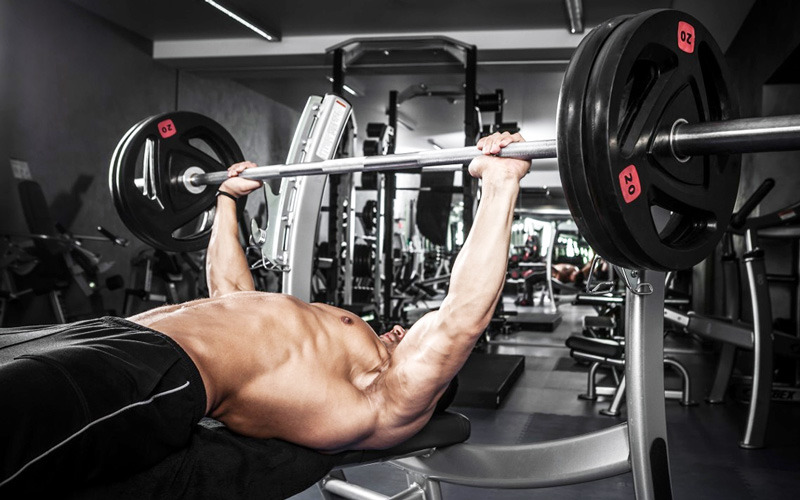
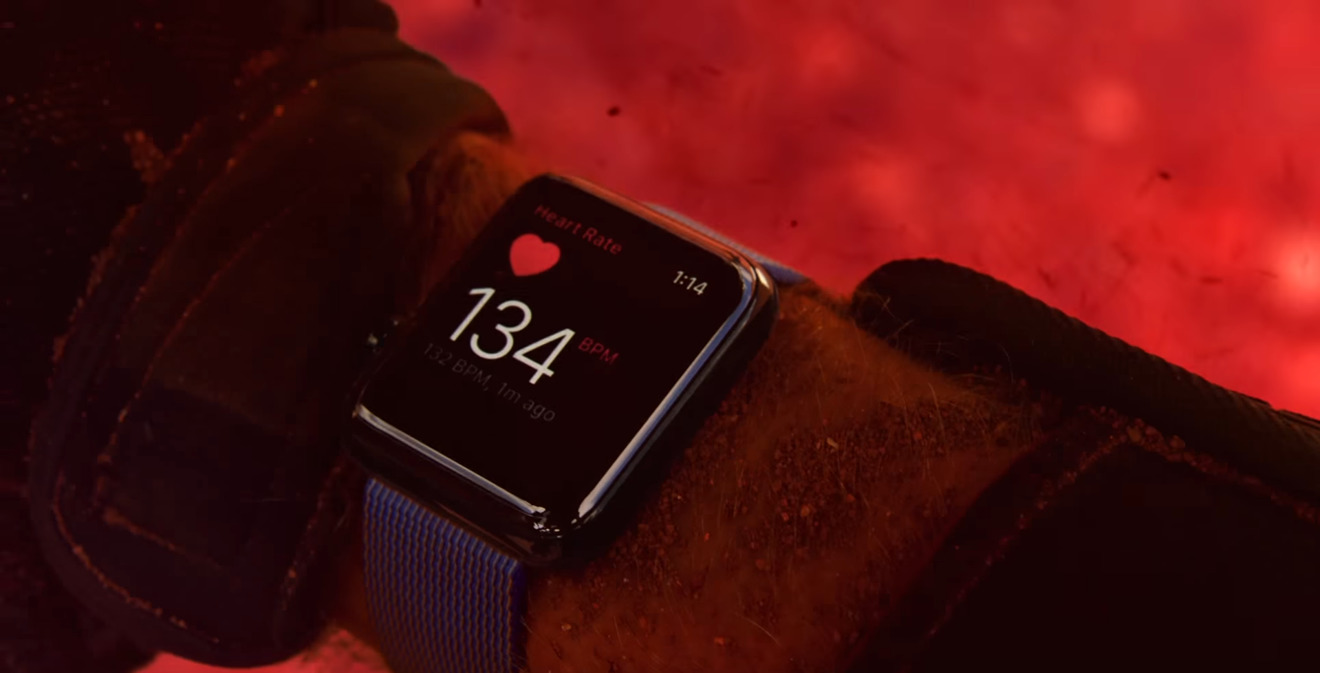
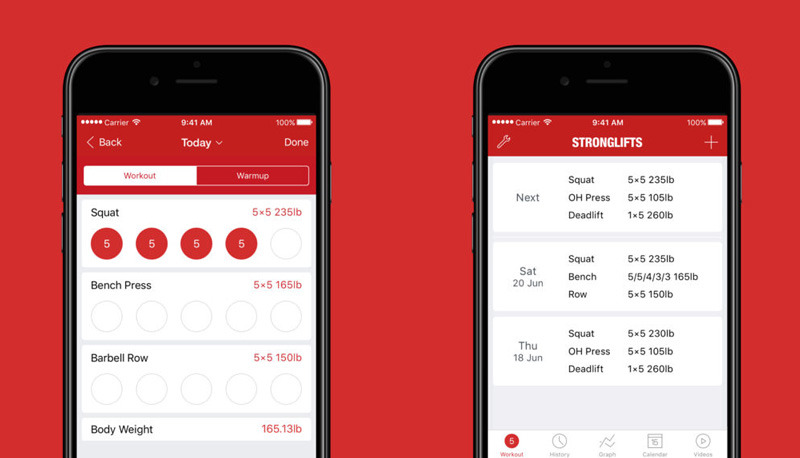
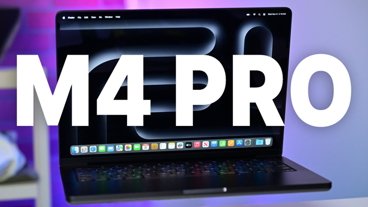
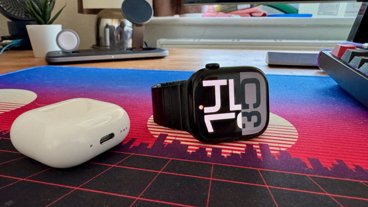
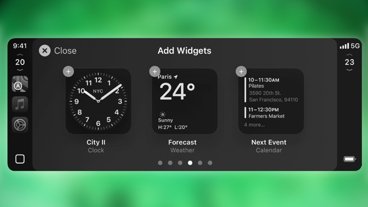


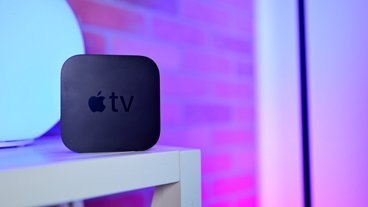
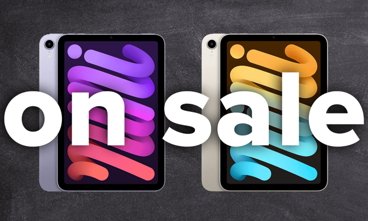
-m.jpg)





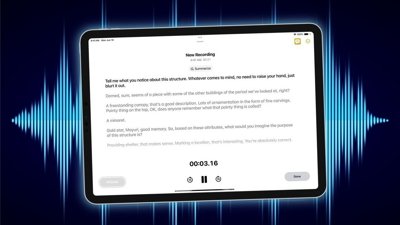
 Charles Martin
Charles Martin
 Wesley Hilliard
Wesley Hilliard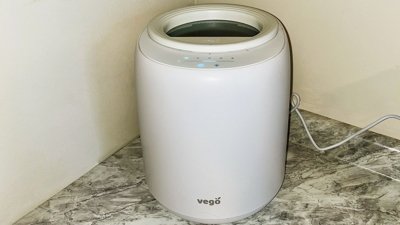
 Amber Neely
Amber Neely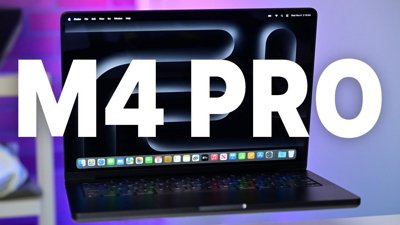
 Christine McKee
Christine McKee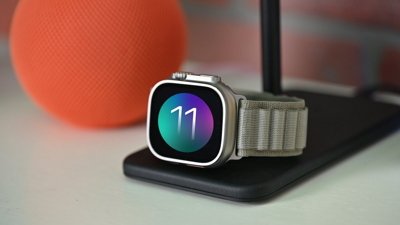
 Marko Zivkovic
Marko Zivkovic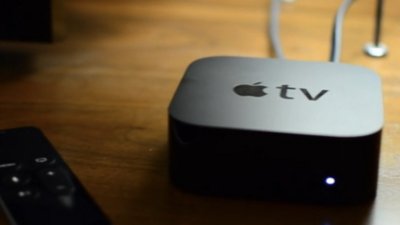
 Malcolm Owen
Malcolm Owen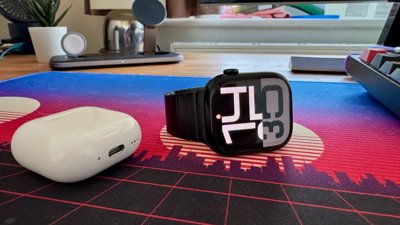
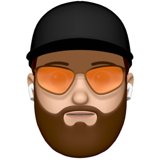 Oliver Haslam
Oliver Haslam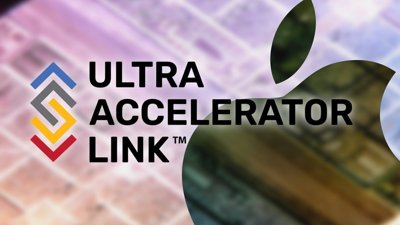
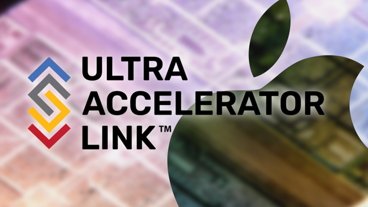




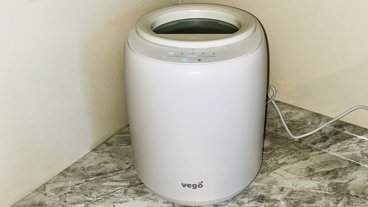
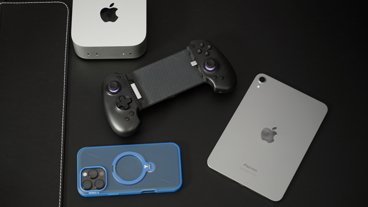

12 Comments
"Reps and Sets" in another good app which I currently use for planning/recording my weights sessions. Haven't tried the ones mentioned in the article, I will have to check them out.
NIRS
For example, https://www.moxymonitor.com/researchers/
Everything else is just a fancy digital pedometer, and equally as useful. Measure physiological response, not reps.
I've tried many, and my favorite is Gym Log Plus. Tourough and Versatel. Gym Log Plus — Workout and Fitness Tracker by Minds Aspire, LLC https://itunes.apple.com/us/app/gym-log-plus-workout-and-fitness-tracker/id588922922?mt=8
Do any of these apps work with voice commands? If a bodybuilder could just speak the weight and reps per set that would be something useful. Change up the routine the app is logging just by speaking it.
Combine that with smart clothing that can count reps, and gauge muscle contractions, and you'd really have something ...
I havent written a thing down at the gym in years, and I even see pro body builders with their pro trainers at Golds, and nobody writes anything down.
hmm i don’t know any serious lifter that doesn’t keep a log, Mac. for anyone other than those who just go to a gym to fuck around, having a planned out program is pretty essential. especially for competitive powerlifters and advanced lifters — once all the easy newbie gainz are obtained, training becomes more complicated and slow going, and for that a plan plus logs are needed. the adage “if you can’t measure a thing you can’t improve a thing” holds very true, even and especially for advanced level. pros like Jim Wendler plan out their programming for months at a time (and often make their templates available).
thats why talk of having apps magically auto-record is a bit of a solution looking for a problem. because before you set foot in the gym you should already know exactly what you’re going to lift — yes the apps log your sets & reps, but more than that they are telling you what’s on the agenda for the day. it doesn’t come from your head, it’s part of your planned programming.
spreadsheets were a big help, but smartphone apps are great for this. music, tracking, and videos for form checks. can’t imagine going back to not having it at all times.